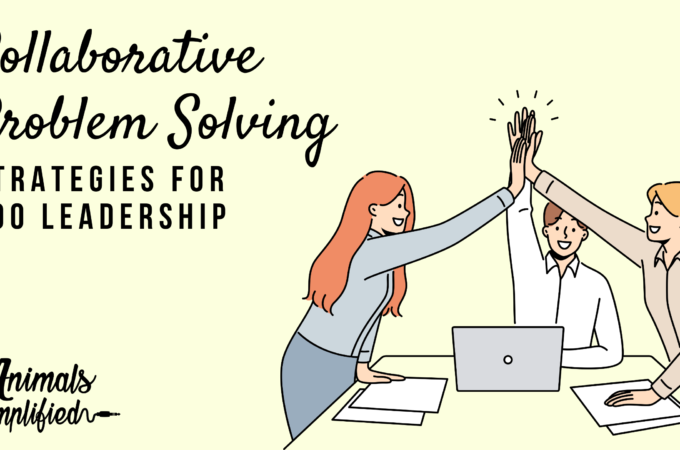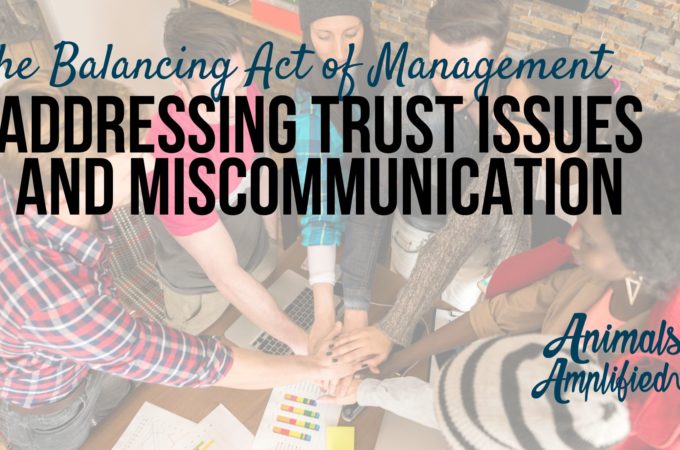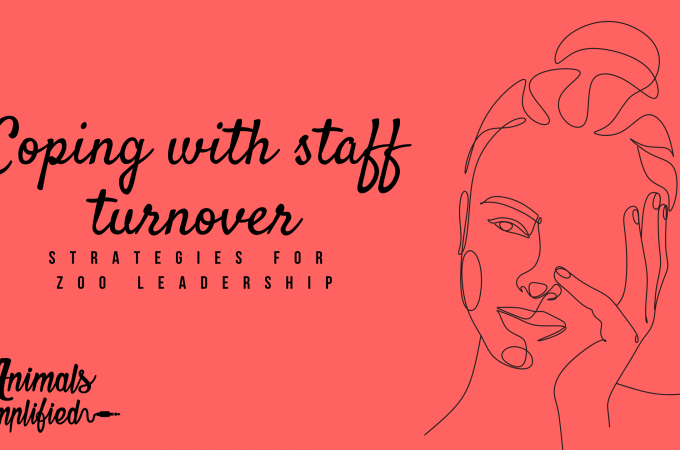
Thinking Traps – Learn how to work through them
People are struggling with anxiety and compassion fatigue. It might be increased awareness or increased frequency, but it’s happening. Recently, I’ve been using an app called Youper to track my emotions, investigate my anxiety, and practice mindfulness. One of my favorite features of the app is the artificial intelligence that walks me through my thoughts and helps me check for “thinking traps”.
Thinking Traps
Thinking traps are thought processes that cause us to distort reality and misinterpret the events happening around us. They often launch us into negative thought loops, trigger our anxiety, or cause us to be blind to options that might improve our situation.
When you’re caught in a thinking trap, the first step is to notice that you’re stuck.
Step 1
Admitting you have a problem.
More often than not there are multiple thinking traps at work at any given time. It’s important to work through these traps after that determine which traps you might be stuck in.

Step 2
Name the trap(s) you need to escape from.
There is power in naming your thinking trap, because once you identify the thinking trap it makes it easier to set up a plan to dismantle it. Once you’ve name it, then it’s time to find your inner scientist and set up an experiment.
Step 3
Set up an experiment.
If we can learn to look at our feelings and emotions as mere hypotheses, then we can design an experiment to test them. I was always trained when designing my experiment to try and prove my hypothesis wrong. This helps us make sure we don’t fall into any biases or subjective experimentation processes.
Practice
So let’s walk through a feeling that we all likely have at times. “If I don’t do it, no one else will.” This is one that is often the cause of us overworking and overextending ourselves.
Step 1-
Is this feeling a problem? This statement and the feelings associated with it are filled with resentment and bitterness. Sometimes we swing the other way the feelings associated are prideful to the extreme. So, yes, we have a problem.
Step 2-
What thinking traps can we identify here?
Mind reading- We’re assuming that we know others won’t do the work and that we know what they’re thinking/planning.
Fortune telling- We predict the outcome of who will do the work and how it will get done
Filtering- We’re probably using pst experience to make this decision remembering all the times that when we didn’t do it, it didn’t get done and not remembering any of the times it was taken care of.
Labeling- Thinking of others as lazy or ourselves as hard working is usually associated with this thought as well.
Personalization- We’re taking all responsibility for the task at hand even though it likely belongs to the group.
Should statements- These are usually tied in here too, we think , “Well they should do it, but they won’t.”
Fallacy of fairness- It isn’t fair that we always have to be the ones to get it done
Step 3-
Set up an experiment
If our hypothesis is that “If I don’t do it, no one else will.” How can we test that hypothesis?
- We could not do the work and see what happens. Collecting data like: What was everyone else doing instead? Did they know it was work that needed to be done?
- We could communicate with the team that we aren’t able to do the work and ask if someone else can?
- We could delegate the task to someone else with clear expectations, guidelines, and goals.
Most importantly we need to set our subjective feelings and thoughts aside and work on being as objective as possible. When you want to get furious, get curious.
Objective thought is so important to be able to assume best intent and have empathy for others, but our objective thoughts are like an endangered species and thinking traps are the snares set by poachers that are trying to eradicate them. Let’s set up a team, comb the forest, and get rid of those traps.
Do you know what an A.N.T. is? Learn how to stop Automatic Negative Thoughts using your new knowledge of Thinking Traps by clicking here.





